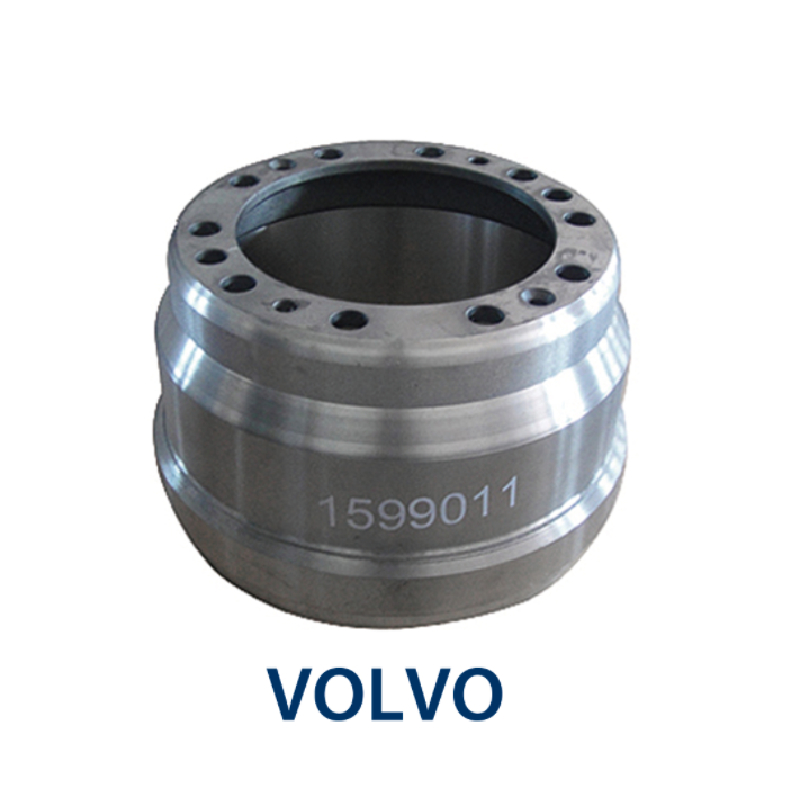Dec . 11, 2024 20:48 Back to list
types of brake drums
Types of Brake Drums An Overview
Brake drums are vital components in the braking systems of many vehicles, providing necessary friction to slow down or stop their motion. Understanding the different types of brake drums can help both mechanics and vehicle owners make informed decisions about maintenance and replacements. This article will delve into the various types of brake drums, their functions, and their applications.
What is a Brake Drum?
A brake drum is a cylindrical component that is usually made of cast iron or aluminum. It rotates along with the wheel and is part of a drum brake system. When the brake pedal is pressed, brake shoes expand outward against the inner surface of the brake drum, creating friction that slows down the vehicle.
Types of Brake Drums
1. Standard Brake Drums Standard brake drums are the most common type found on conventional vehicles. They are designed with a simple construction, featuring a smooth inner surface that allows the brake shoes to make contact. Standard drums are effective for many applications, providing reliable braking performance for everyday driving.
2. Ventilated Brake Drums Ventilated brake drums are designed with cooling vents or holes to enhance heat dissipation. Excessive heat generated during braking can lead to brake fade, where the effectiveness of the brakes diminishes. Ventilated drums allow air to flow through, cooling the drums more effectively and maintaining consistent braking performance. They are commonly used in larger vehicles, such as trucks and SUVs, where braking demands are higher.
3. Drilled and Slotted Brake Drums These drums feature a series of drilled holes or slots on the surface. The design promotes better heat dissipation and helps prevent gas buildup, which can occur during heavy braking. Drilled and slotted brake drums provide improved performance and are often utilized in high-performance or racing applications. However, they may be less durable than standard options and are best for vehicles that require frequent, intense braking.
4. Aluminum Brake Drums Aluminum brake drums are lighter than traditional cast iron drums, which can reduce the overall weight of the vehicle and improve fuel efficiency. They also offer excellent heat dissipation and can enhance performance. However, aluminum drums are typically more expensive than their cast iron counterparts and may not be as durable for heavy-duty applications.
types of brake drums

5. Composite Brake Drums Composite brake drums are made from a combination of materials, often including reinforced plastics or metals. These materials can provide significant weight savings while still maintaining structural integrity and performance under braking loads. Composite drums can be an excellent choice for specialized applications, such as motorsports or light-duty vehicles.
Factors to Consider When Choosing Brake Drums
When selecting brake drums, several factors should be taken into account
- Vehicle Type The type of vehicle (e.g., passenger car, truck, or SUV) will largely dictate the appropriate brake drum type. Heavier vehicles typically require more robust options to handle increased braking demands.
- Driving Conditions Consider the typical driving conditions. Frequent heavy braking, such as in hilly areas or during towing, may require ventilated or drilled and slotted drums for optimal performance.
- Budget While higher-performance brake drums may offer benefits in terms of efficiency and durability, they may also come at a higher cost. It’s important to balance performance needs with budget constraints.
- Maintenance and Replacement Regular inspection and maintenance of brake drums are critical for safety. Be aware of the wear and tear that can occur over time, which may necessitate early replacement of certain drum types.
Conclusion
Understanding the different types of brake drums is essential for making informed decisions regarding vehicle maintenance and performance upgrades. By considering the needs of your vehicle and driving habits, you can choose the appropriate brake drum type that will ensure reliable and efficient braking performance. Whether opting for standard, ventilated, drilled and slotted, aluminum, or composite brake drums, prioritizing safety and functionality will lead to a better driving experience.
-
FUWA: Premium Quality, Reliable Performance & Innovative Solutions
NewsAug.25,2025
-
Liza Brake Drum: Superior Quality & Performance for Safe Driving
NewsAug.24,2025
-
Iveco Brake Drum | Premium OE Quality for Daily & Eurocargo
NewsAug.22,2025
-
Your Brake Drum Man: Quality & Performance Parts
NewsAug.21,2025
-
Explore Japan: Ultimate Travel Guide & Authentic Experiences
NewsAug.19,2025
-
Your Brake Drum Man: Premium & Reliable Brake Drums for Sale
NewsAug.18,2025
